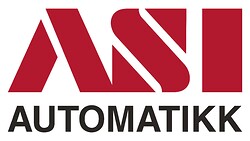The story behind Igus part 7
1989 - First cable igus develops. When talking to customers, Frank Blase often used to hear that poor cable quality led to corkscrew effects, core rupture and loop formation in instances of acceleration, large cycle numbers or high speeds.
1989 - the first cable was developed.
The e-chain was being used in industry more and more frequently and it was therefore inevitable that suitable cables became a focus of attention. When talking to customers, Frank Blase often used to hear that poor cable quality led to corkscrew effects, core rupture and loop formation in instances of acceleration, large cycle numbers or high speeds. igus had already mastered this challenge in the case of e-chains. The company therefore decided to develop its own tribologically optimised cables with innovative bundled stranding and assume responsibility for an entire system consisting of energy chain and cables.
1991 - Introduction of an electronic catalogue.Digitisation extends to the catalogues in the form of xigus 1.0.
Catalogues in paper form no longer came up to the standard that igus had set itself. Customers were to be given more information and also be able to find the energy chains for their individual application. The first e-chain expert was programmed and published on CD-ROM, a simulation program that could suggest the right configuration and offer different forms of interior separation. An important step towards "Moving energy made easy"
1993 - Start of readychain.
igus introduces harnessed energy chains that are ready for immediate installation
Everyone has always asked an important question at igus: How can we improve something for the customer? As only one answer of many, igus launched readychain on the market, the energy chain that is harnessed in advance, with the desired cables in the appropriate dimensions and is therefore ready for immediate installation. And that's not all. Ordering was made easier for the customer as now only one order had to be submitted. The readychain can be delivered and installed faster and needs less space for installation, improving logistics, and can be produced more cost-effectively.
Source: Igus gmbh
